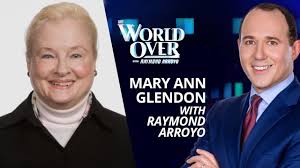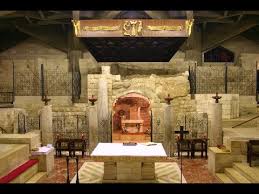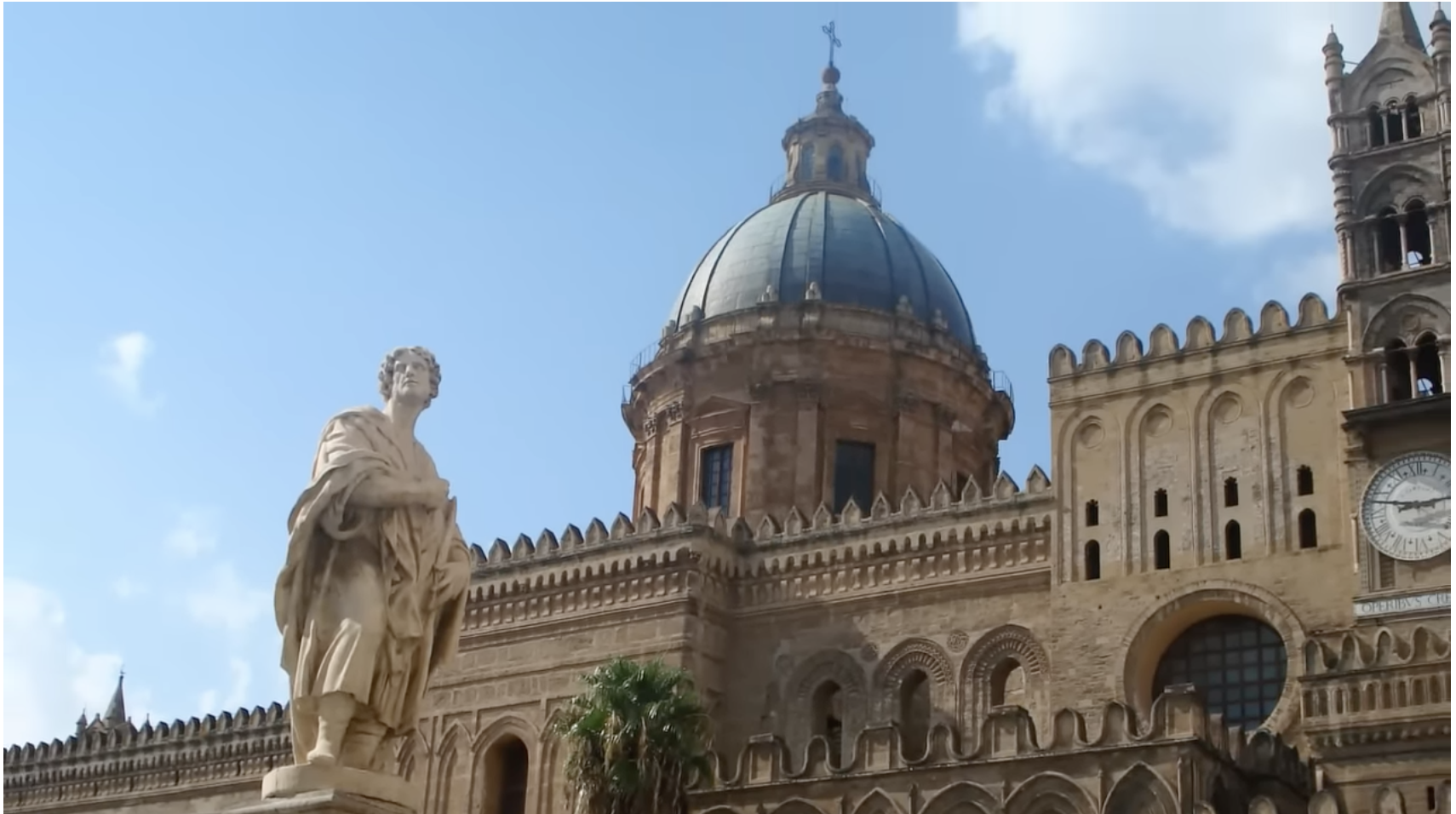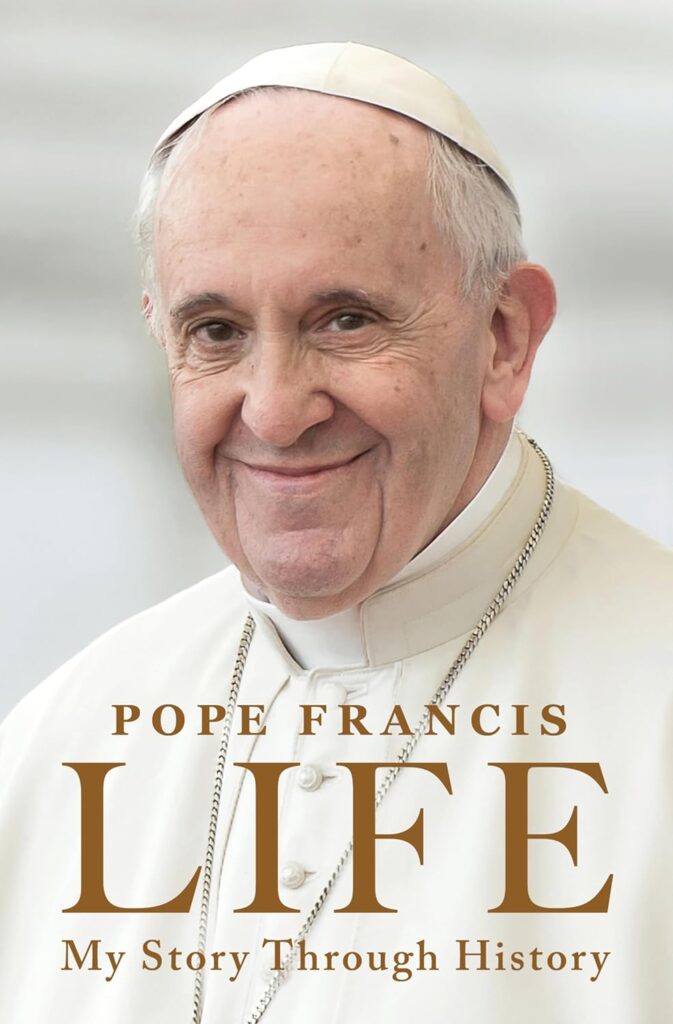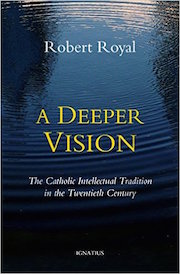A long time ago, on a planet far away, serious Catholics looked forward to each new document from the Vatican or the pope. They expected enrichment of traditional morals or theology, or enlightenment about some world situation. These days there’s usually justified trepidation – not only over reckless remarks about Ukraine raising the white flag or how Israel should/should not respond to terror. There’s anticipation of division, confusion, and dismay. A number of such texts have recently appeared – or are about to – that seem likely to continue that well-established streak.
Pope Francis’ autobiography LIFE: My Story Through History was published officially on March 19 (more on that below). Cardinal Víctor Manuel Fernández has announced that an encyclical will be issued in early April on “social questions,” which looks to be primarily a restatement of main themes of the Francis papacy on things like migration and climate, but also to placate the Cardinal’s critics by treating issues of concern to traditional Catholics such as abortion, surrogacy, gender ideology, etc. At this juncture, however, we can be fairly certain that it will pitch things in ways that, inevitably, will invite further troubles.
Of immediate interest, there were two recent announcements as the Synod on Synodality lumbers to its conclusion in October. Or at least that was the original plan. Because now we learn that ten “theological issues” have been removed from deliberation in the October session because there isn’t sufficient time to study them adequately.
What, then, has the worldwide global synod on Synodality been doing for the past five-and-a-half years? Synodality suddenly popped up in the final report of the 2018 Synod on Youth, though it hadn’t been discussed during that meeting.
A massive “process” was set in motion, and as more and more people struggled with defining “Synodality,” we were told that the “process” itself shows what Synodality is. One of the pope’s four fundamental principles, of course, is “It is more important to start processes than to dominate spaces.” To be sure. Because however vague such processes look, they wind up dominating spaces, doctrine, everything.
Except for a few rare souls, participants in last year’s October Synod came away exhausted with little to show for the effort. This year, with the ten issues seemingly pushed down the road, participants will be asked to spend a whole month debating, once again, the nature of Synodality: how to be a synodal Church at every level, in every activity.
Signore, pietà. That will be a painful contortion.
Meanwhile, according to Vatican News, these are the issues that the pope has consigned to study Committees:
1. Some aspects of the relationship between the Eastern Catholic Churches and the Latin Church (SR 6)
2. Listening to the Cry of the Poor (SR 4 and 16)
3. The mission in the digital environment (SR 17)
4. The revision of the Ratio Fundamentalis Institutionis Sacerdotalis in a missionary synodal perspective (SR 11)
5. Some theological and canonical matters regarding specific ministerial forms (SR 8 and 9)
6. The revision, in a synodal missionary perspective, of the documents touching on the relationship between Bishops, consecrated life, and ecclesial associations (SR 10)
7. Some aspects of the person and ministry of the Bishop (criteria for selecting candidates to Episcopacy, judicial function of the Bishops, nature and course of ad limina Apostolorum visits) from a missionary synodal perspective (SR 12 and 13)
8. The role of Papal Representatives in a missionary synodal perspective (SR 13)
9. Theological criteria and synodal methodologies for shared discernment of controversial doctrinal, pastoral, and ethical issues (SR 15)
10. The reception of the fruits of the ecumenical journey in ecclesial practices (SR 7)
But has the Church really not already deeply considered the relationship with Eastern churches, the poor, or the current media environment? Are these old subjects frontloaded so that the bloated vagaries about “ministerial forms” (does this mean, among other things, deaconesses?) and the role of bishops and nuncios just appears as a set of secondary, technical matters?
The “controversial” doctrinal and pastoral questions (no. 9) finally seem to touch solid ground – though what “shared discernment” has there been requiring methodologies for their use? (We’ve been told by the Synod organizers not to expect answers in October.) And the “ecumenical journey” (No. 10) seems to have faltered among Eastern Orthodox, Copts, etc. over blessing “couples” in “irregular unions.”
Which brings us to LIFE, the pope’s autobiography. It’s an odd text, interspersing long comments in his own words with lengthy settings of “context” by his collaborator Fabio Marchese Ragona, which read more like pages in a novel than a factual autobiography. (At one point Ragona, for example, describes Jorge Mario and his brother, then three and one year old, hitting each other with spoons when a classic tango comes on the radio.)
While these accounts offer some insight into how the pope’s early experiences shaped his subsequent views, there’s little new. He seems to have acquired his sharp sympathies for migrants, for example, because of his family’s experience in migrating to Argentina from Northern Italy. But he doesn’t seem to recognize how different the situation is today when large democratic majorities in developed countries feel – and are – under threat from millions of illegal immigrants.
In one passage, for example, he recalls speaking in Hungary about the Christian obligation to welcome the stranger, hoping President Orban is listening. In another, he states, correctly, that nations have a right to their own identities – without, it seems, recognizing that the massive waves of unregulated immigration are a threat to that identity, and are being opposed by large majorities in all the developed nations.
One revelation, little noticed in the early reviews, is how Francis and Benedict allegedly hoped to avoid divides after the latter’s resignation:
Benedict and I jointly decided, when I visited him at Castel Gandolfo in 2013, immediately after my election, that it would be better if he did not live out of view, as he had originally planned, but saw people and participated in the life of the Church. This decision didn’t achieve much, unfortunately, because there was no shortage of disputes over the next ten years, and they harmed both sides.
About the end of his own papacy, Francis leaves us in no doubt. If his health were to make his continuing untenable: “I would not have myself named pope emeritus but simply bishop of Rome emeritus, and I would move to the Basilica of Santa Maria Maggiore to serve as confessor and give communion to the sick. But this is, I repeat, a distant possibility, because I truly do not have any cause serious enough to make me think of resigning. . . .thanks be to God, I enjoy good health, and as I have said, there are many projects to bring to fruition, God willing.”


